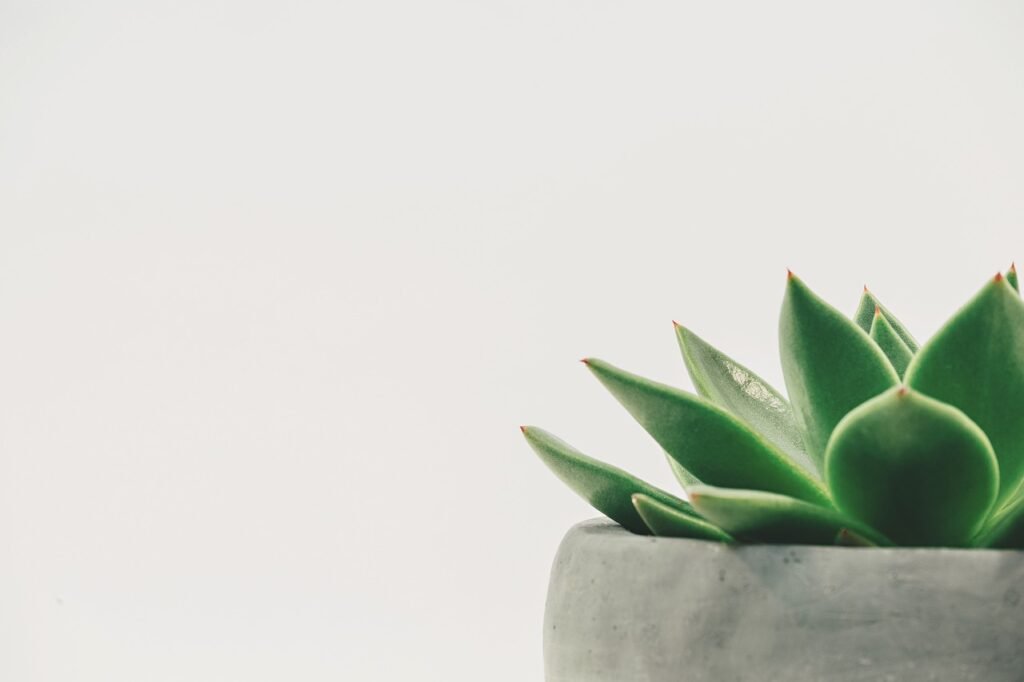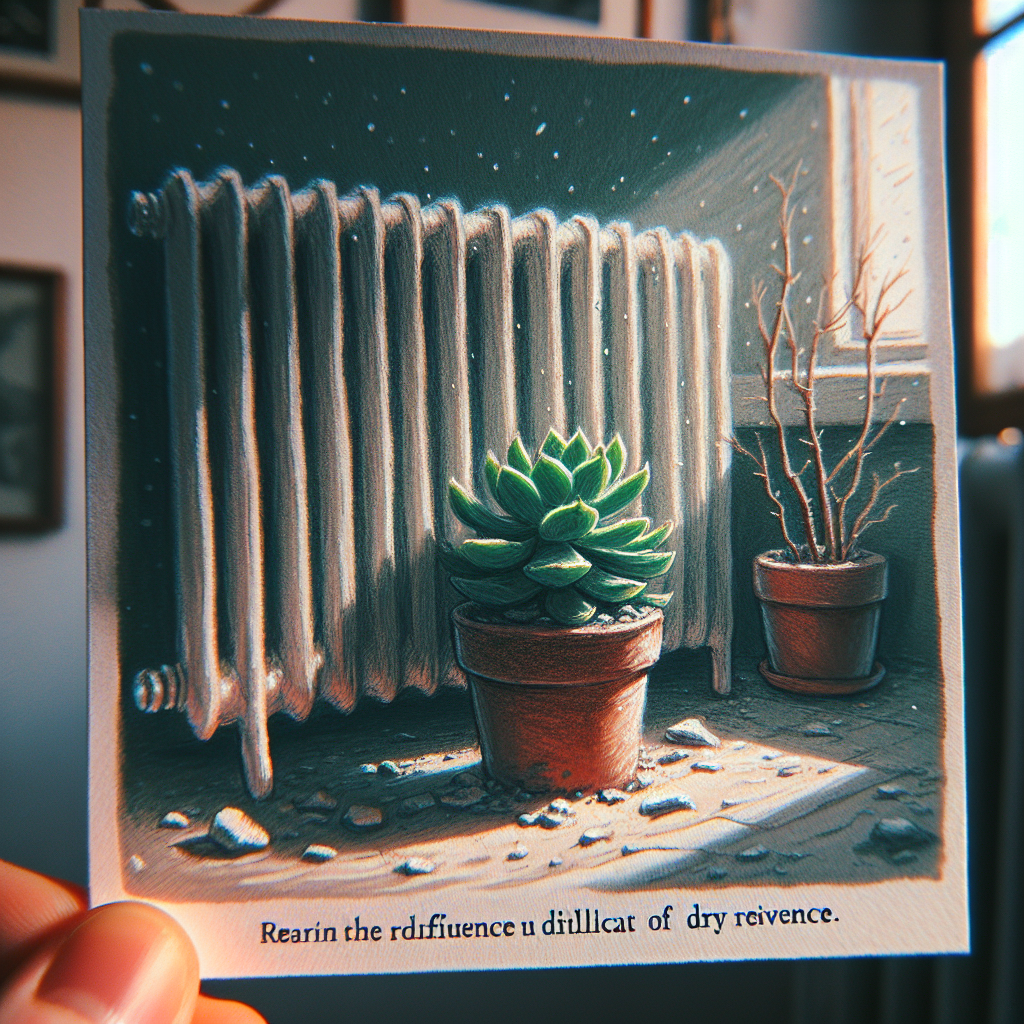Can succulents survive indoor heating in winter? In the chilly winter months, when the frost creeps in and the air outside becomes colder than ever, we often find solace in the warm embrace of our indoor heating systems. But what about our beloved succulent plants? Those resilient little creatures that adorn our homes and bring a touch of nature indoors. Can they endure the dry heat that radiates through our homes? Are they strong enough to withstand the warmth of our cozy abodes? Let’s explore the survival capabilities of succulents in the face of indoor heating during the winter season.
Factors that Affect Succulents’ Ability to Survive Indoor Heating
Temperature
Indoor heating can create a warm and dry environment, which may not be ideal for succulents. Succulents are native to arid regions and are adapted to thrive in hot, dry conditions. However, extreme heat can cause stress to these plants. It is important to ensure that the temperature in your home does not exceed the succulents’ tolerance level.
Humidity
Humidity plays a crucial role in the survival of succulents. Low humidity in heated indoor environments can lead to excessive moisture loss from succulent leaves, resulting in damage and dehydration. On the other hand, high humidity can create a favorable environment for the growth of fungal diseases. Maintaining an appropriate level of humidity is vital for the health and well-being of your succulents.
Air Circulation
Proper air circulation is essential for succulents, as it helps to prevent the buildup of moisture and stagnant air. Insufficient airflow can lead to the growth of molds, fungal diseases, and poor plant growth. Therefore, it is necessary to ensure that there is adequate ventilation in the area where your succulents are placed.

Adapting Succulents to Indoor Heating
Gradual Temperature Changes
Succulents are highly adaptable, but sudden changes in temperature can cause stress to these plants. When transitioning your succulents from a cooler environment to an indoor heating setting, it is crucial to make the change gradually. This can be done by gradually increasing the temperature over a period of time, allowing the succulents to acclimate and adjust to the new conditions.
Proper Watering
In heated indoor environments, succulents have a higher risk of experiencing water loss due to increased temperature and dry air. However, it is important not to overwater them, as this can lead to root rot. It is recommended to water your succulents sparingly and only when the soil is completely dry. This will help prevent issues related to both underwatering and overwatering.
Humidity Control
Maintaining a suitable level of humidity is beneficial for succulents. You can increase the humidity around your succulents by using a humidity tray or by misting them with water. Alternatively, you can place a small humidifier near the plants to provide the necessary moisture. However, it is essential to avoid excessive humidity, as this can contribute to the development of fungal diseases.
Placement near Windows
Succulents require adequate sunlight to thrive. Placing them near windows can provide them with the necessary light and warmth. However, it is important to ensure that the windows are properly insulated to avoid exposing the succulents to drafts or extreme temperatures. Rotate the succulents regularly to ensure that all sides of the plant receive equal sunlight.
Artificial Light
If you do not have access to adequate natural light, you can supplement it with artificial lighting. LED grow lights are an excellent option for providing the necessary light spectrum for succulents. Position the lights at an appropriate distance from the plants and provide them with a light cycle that mimics natural daylight.

Choosing the Right Succulents for Indoor Heating
Cold-Tolerant Succulents
When selecting succulents to accommodate indoor heating, choose cold-tolerant varieties. These succulents can endure lower temperatures without experiencing significant damage. Some popular cold-tolerant succulents include Sedum, Sempervivum, and Agave. These plants can withstand lower temperatures while still thriving in heated indoor environments.
Drought-Tolerant Succulents
Succulents are known for their ability to store water in their leaves and stems. However, some succulents are more drought-tolerant than others and can withstand prolonged periods of dryness. Examples of drought-tolerant succulents include Echeveria, Haworthia, and Aloe. These plants are better equipped to handle the dry conditions created by indoor heating.
Indoor Varieties
Certain succulents are better suited for indoor environments in general. These varieties adapt well to the temperature, light, and humidity conditions found inside homes. Jade Plants, Zebra Plants, and Snake Plants are popular choices for indoor succulents. They can tolerate the dry air created by central heating systems and maintain their vibrant and healthy appearance.

Common Issues and Troubleshooting
Succulent Leaves Turning Yellow
Yellowing leaves are often an indication of overwatering or inadequate drainage. If your succulent’s leaves are turning yellow, it is essential to check the soil moisture levels and the drainage of the pot. Adjust your watering routine accordingly and ensure that the soil is well-draining to prevent root rot and waterlogged conditions.
Succulent Leaves Wrinkling or Shriveling
When succulent leaves start to wrinkle or shrivel, it is typically a sign of underwatering or dehydration. Ensure that you are watering your succulents appropriately and that the soil is not dry and compacted. Adjust your watering schedule as needed and provide adequate moisture to prevent further leaf shriveling.
Pest Infestations
Indoor heating can create a favorable environment for pests such as aphids, mealybugs, and spider mites. Regularly inspect your succulents for signs of pests, such as sticky residue, webbing, or small crawling insects. If you notice any infestations, treat them promptly with natural or organic pest control methods, such as neem oil or insecticidal soap.
Root Rot
Overwatering and poor drainage can lead to root rot in succulents. Root rot is a fungal infection that affects the roots, causing them to darken, become mushy, and eventually rot. To prevent root rot, ensure that your succulents are planted in well-draining soil and that their pots have adequate drainage holes. Water your succulents only when the soil is completely dry, and avoid standing water in the saucer or tray beneath the pot.

Winter Care Tips for Succulents
Reduce Watering Frequency
During the winter months, succulents enter a period of dormancy where their growth slows down. Consequently, they require less water. Reduce the frequency of watering and allow the soil to dry out more thoroughly between waterings. This will prevent issues related to overwatering and promote healthy root development.
Monitor Temperature and Humidity
Keep an eye on the temperature and humidity levels in the area where your succulents are placed. Avoid placing them near heat sources such as radiators or vents to prevent excessive drying of the air. Use a hygrometer to monitor the humidity and a thermometer to ensure that the temperature remains within the suitable range for your succulents.
Protect from Cold Drafts
While succulents can tolerate lower temperatures, they are sensitive to cold drafts. Avoid placing your succulents near doors or windows where they may be exposed to drafts. Cold drafts can cause stress and temperature fluctuations, which can affect their overall health and well-being.
Provide Adequate Lighting
Winter days are shorter, and natural light may be limited. Supplement the natural light with artificial lighting to ensure that your succulents receive enough light for photosynthesis and growth. Position the grow lights in a way that provides even coverage to all sides of the plants, mimicking the intensity and duration of natural daylight.
By understanding the factors that affect their ability to survive indoor heating and implementing proper care techniques, you can ensure that your succulents thrive even in the winter months. Monitoring their temperature, humidity, and air circulation, as well as choosing the right succulents and addressing common issues, will contribute to the overall health and longevity of your indoor succulent garden.


